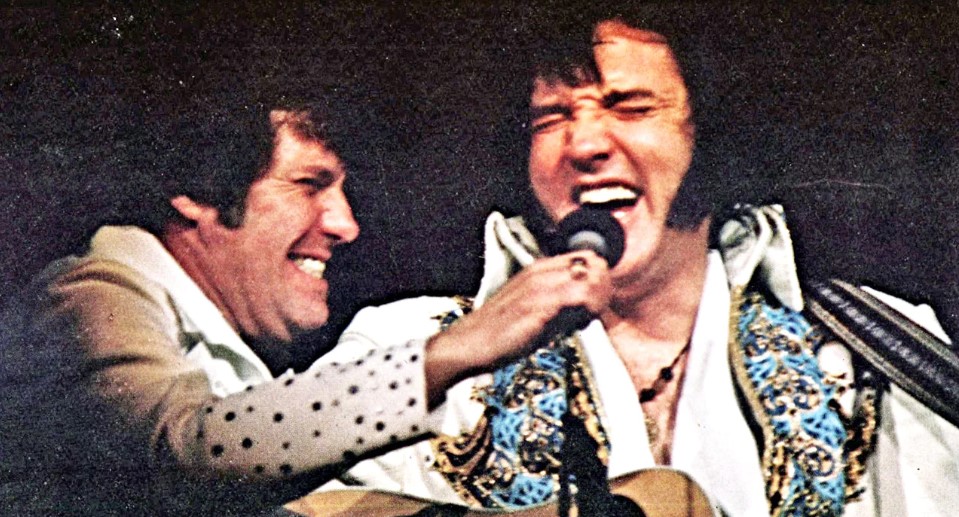Elizabeth Taylor, the name itself conjures images of unparalleled beauty, timeless elegance, and legendary talent. Throughout her life, she captivated audiences worldwide, both on and off the silver screen, leaving an indelible mark on the world of entertainment and beyond. Born on February 27, 1932, in London, England, and raised in Hollywood, California, Elizabeth Taylor's journey from child star to Hollywood royalty is a tale of triumph, tragedy, and enduring legacy. In this article, we will explore the life, career, philanthropy, and enduring influence of one of the greatest actresses of all time: Elizabeth Taylor.

Early Life and Child Stardom

Elizabeth Rosemond Taylor was born on February 27, 1932, in London, England. Her parents, Francis Taylor and Sara Sothern, were both American, and the family moved to the United States when Elizabeth was just seven years old.
Taylor's acting talent was evident from a young age. She made her film debut at the age of nine in "There's One Born Every Minute" (1942), and her breakthrough role came at the age of 12 when she starred in "National Velvet" (1944). Her portrayal of Velvet Brown, a young girl who dreams of winning the Grand National horse race, won her critical acclaim and endeared her to audiences.
Rise to Stardom

As Taylor transitioned into adulthood, her career continued to flourish. She gained widespread recognition for her roles in films like "Father of the Bride" (1950) and "A Place in the Sun" (1951), where she starred opposite Montgomery Clift and won her first Academy Award nomination.
In 1956, Taylor achieved global fame and earned her first Academy Award for her role as Angela Vickers in "Giant," starring alongside James Dean and Rock Hudson. Her talent, beauty, and charisma made her a sought-after leading lady and propelled her to the top of the Hollywood A-list.
Memorable Roles and Critical Acclaim

Elizabeth Taylor's versatility as an actress was showcased in a wide range of roles, from dramatic to comedic. Her role as the sultry and tempestuous Maggie Pollitt in "Cat on a Hot Tin Roof" (1958) earned her another Academy Award nomination. Taylor's compelling portrayal of Martha in "Who's Afraid of Virginia Woolf?" (1966) won her a second Academy Award, this time for Best Actress. The film's emotional intensity and Taylor's chemistry with co-star Richard Burton earned her widespread acclaim.
Throughout her career, Taylor continued to deliver remarkable performances in films such as "BUtterfield 8" (1960), "Cleopatra" (1963), and "The Taming of the Shrew" (1967). Her dedication to her craft, emotional depth, and ability to embody complex characters garnered respect and admiration from critics and audiences alike.
Elizabeth Taylor In Cleopatra (1963)
Personal Life and Romances

Elizabeth Taylor's personal life was the subject of much media attention and fascination. She was married eight times, with her marriages to actor Richard Burton becoming one of the most talked-about and turbulent relationships in Hollywood history. Their passionate love affair began on the set of "Cleopatra" and captured the public's imagination.
Taylor's personal struggles, including health issues and her battle with addiction, were often publicized. However, she also used her celebrity status to raise awareness about important causes, including HIV/AIDS, and became an advocate and philanthropist for research and support for those affected by the disease.
Philanthropy and Humanitarian Efforts

Elizabeth Taylor's humanitarian efforts and activism were as significant as her acting career. In 1985, she co-founded the American Foundation for AIDS Research (amfAR) to fund research and support individuals affected by HIV/AIDS. Her dedication to this cause earned her the Jean Hersholt Humanitarian Award at the 1993 Academy Awards.
Taylor's activism and tireless efforts to combat HIV/AIDS stigma and raise funds for research were groundbreaking and have had a lasting impact on the fight against the disease. Her involvement in humanitarian work cemented her legacy as more than just a movie star; she became a symbol of compassion and advocacy.
Enduring Legacy and Lasting Impact

Elizabeth Taylor's legacy as a Hollywood icon, philanthropist, and trailblazer continues to be celebrated today. Her contributions to film, her advocacy for HIV/AIDS research, and her trailblazing approach to personal and professional life have left an indelible mark on popular culture.
Her enduring films, such as "Cleopatra," "Cat on a Hot Tin Roof," and "Who's Afraid of Virginia Woolf?" remain cherished classics, and her performances are studied and revered by actors and filmmakers worldwide.
Conclusion

Elizabeth Taylor's life and career were marked by extraordinary talent, glamour, and a commitment to making a difference in the world. From her early days as a child star to her rise as the queen of Hollywood, Taylor's journey was one of triumphs and challenges.
Her on-screen performances, advocacy for HIV/AIDS research, and humanitarian efforts have left a lasting impact and continue to inspire generations. Elizabeth Taylor will forever be remembered as a Hollywood legend, an influential humanitarian, and a true icon of the silver screen.


